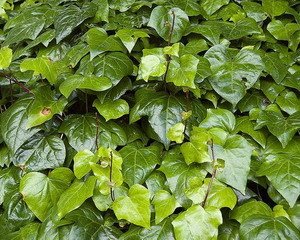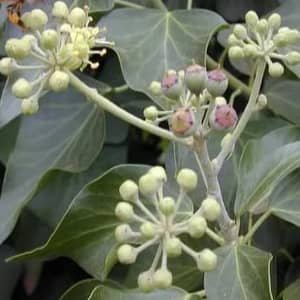An interesting and useful post. Canary ivy is a shade-tolerant, climbing plant. It blooms with white nondescript flowers, at the age of 10-13 years, the flowers emit an unpleasant smell, and its fruits are poisonous, for these reasons the flowers are simply removed
Canary ivy, although considered shade-tolerant, still prefers good solar lighting. Immoths are subtropical areas of most continents, but with proper care, the plant will feel great in indoor conditions.


https://agronomu.com/bok/5065-osobennosti-uhoda-za-kanarskim-plyuschom-v-domashnih-usloviyah.html
Common ivy (lat. Hedera helix) is a curly evergreen shrub that attaches to trees and rocks with its many similar roots. Leaves alternate, petioled, shiny, naked, leathery. Young plants have 3-5 lobed leaves. Older flowering plants have apical leaves, simple, elliptical or narrowly ovoid. The flowers are greenish-yellow, collected in simple umbrellas, which in turn form a brush. The fruit in the form of a berry, first green and then black, ripens in January-February. Inedible for humans, but serves as a favorite food for birds in winter. It blooms from late summer to October. Seeds spread with bird droppings.


http://hnb.com.ua/articles/s-zdorovie-plyushch_obyknovennyy-2733